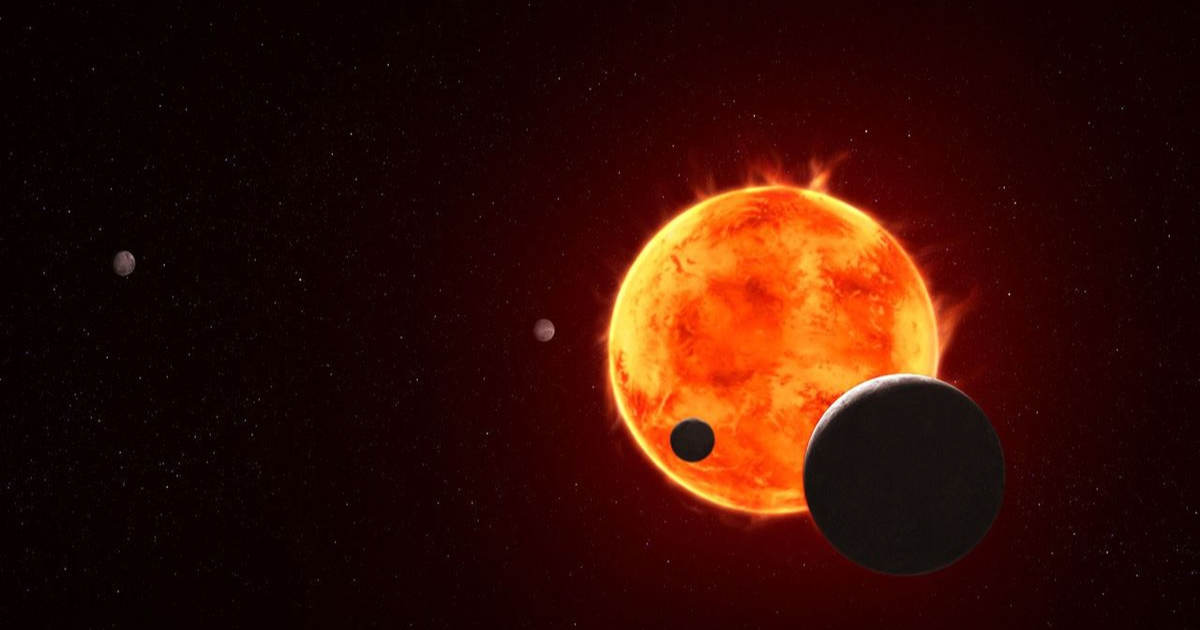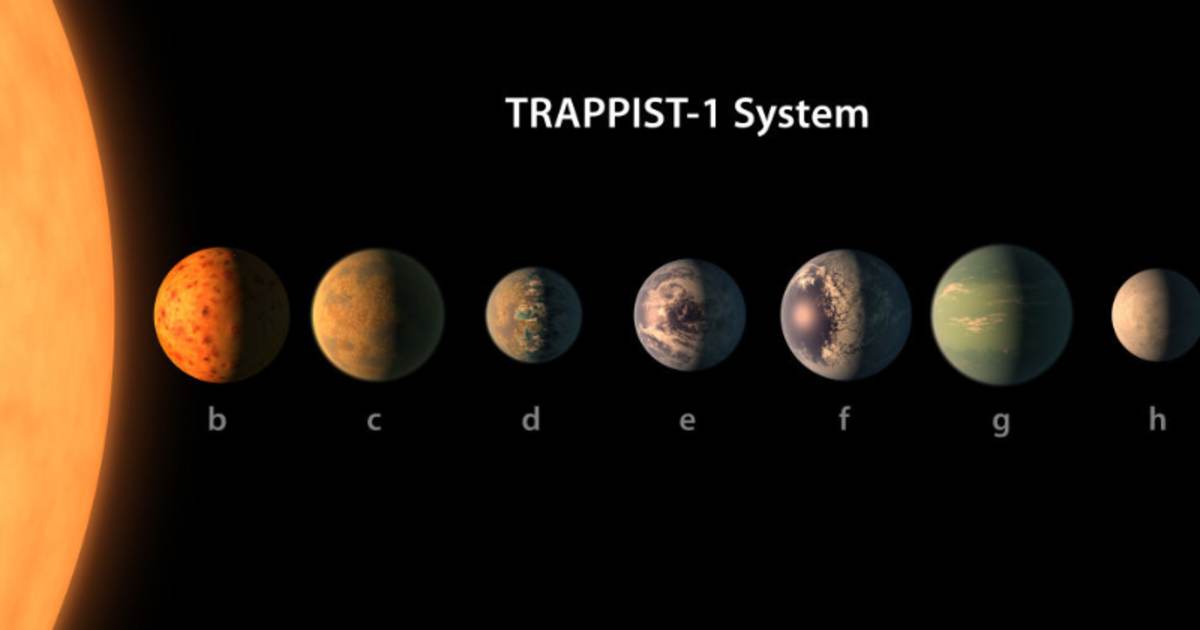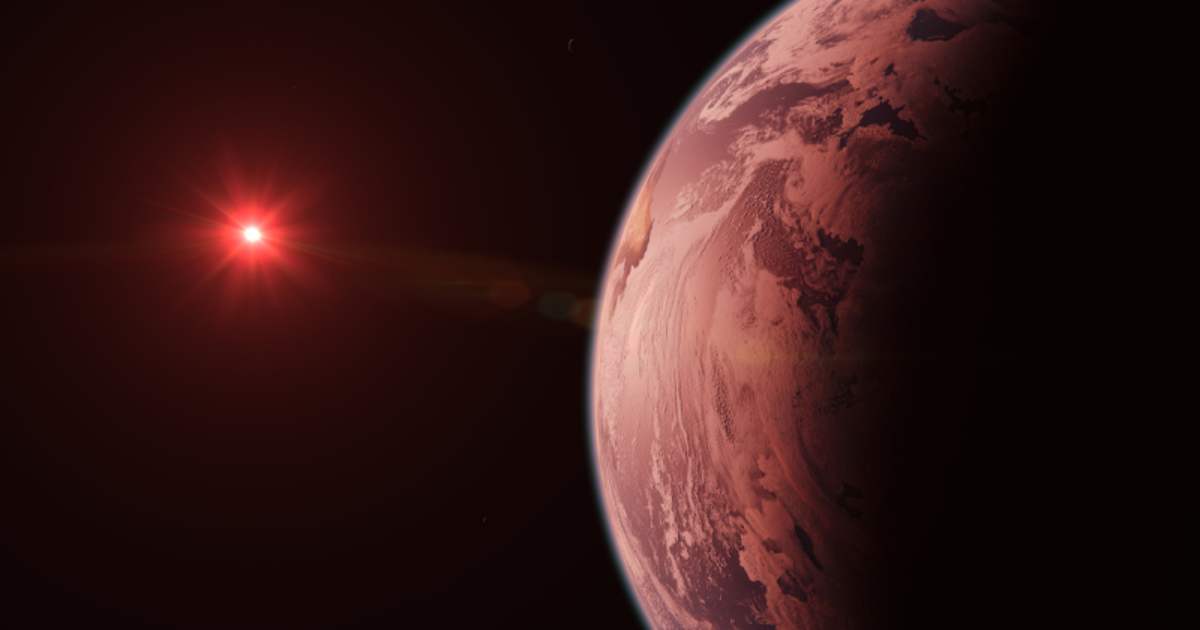The TRAPPIST-1 system, located 40 light-years away, has a red dwarf star that hosts seven rocky planets similar in size to Earth. Scientists have determined that at least three of these planets sit in the habitable zone where liquid water could exist—prime real estate for any potential alien civilizations. This intriguing setup makes it a prime target for scientists interested in searching for signs of advanced life. Among these planets, TRAPPIST-1e stands out as particularly promising, according to Live Science.

Searching for Cosmic Signals
To assist their research, the team utilized the Five-hundred-meter Aperture Spherical Telescope (FAST), which is known for its incredible sensitivity. They focused on five independent L-band pointings, dedicating a 20-minute session to each, totalling just over 1.5 hours of observational data. Covering the frequencies from 1.05 to 1.45GHz, with a resolution of ~7.5Hz, they aimed to detect very weak radio signals which could hint at alien technology.

Identifying Weak Radio Signals
According to Knewz.com, the FAST telescope managed to pick up radio signals as faint as 2.04×10^10 watts, surpassing the limits of previous research. If extraterrestrials were sporadically broadcasting on specified frequencies, this study had a high chance of capturing them. Unfortunately, no clear evidence of alien technology materialized, but the data collected still holds significant scientific insight, providing upper limits on various potential alien transmitters from the TRAPPIST-1 system.
Future Explorations and Hope
Looking ahead, the research team aims to broaden their investigation, seeking different types of signals, including regular or transient emissions that might have eluded earlier detection. Their efforts shine a light on the potential for future Search for Extraterrestrial Intelligence (SETI) missions focusing on the TRAPPIST-1 system, highlighting a thrilling chapter in humanity’s quest to understand the universe and our potential place in it.

Unlocking Cosmic Mysteries
As research continues, every step we take toward exploring the cosmos reflects a pivotal moment in human history. If the TRAPPIST-1 system proves to have hosted life, it could dramatically change our perception of how life can emerge in various settings. An alien signal discovery would illuminate technology levels, showcasing the unity or disparity in scientific advancements across the universe. This journey into the unknown is a beacon of hope, spurring technological strides and deepening our understanding of existence.




















